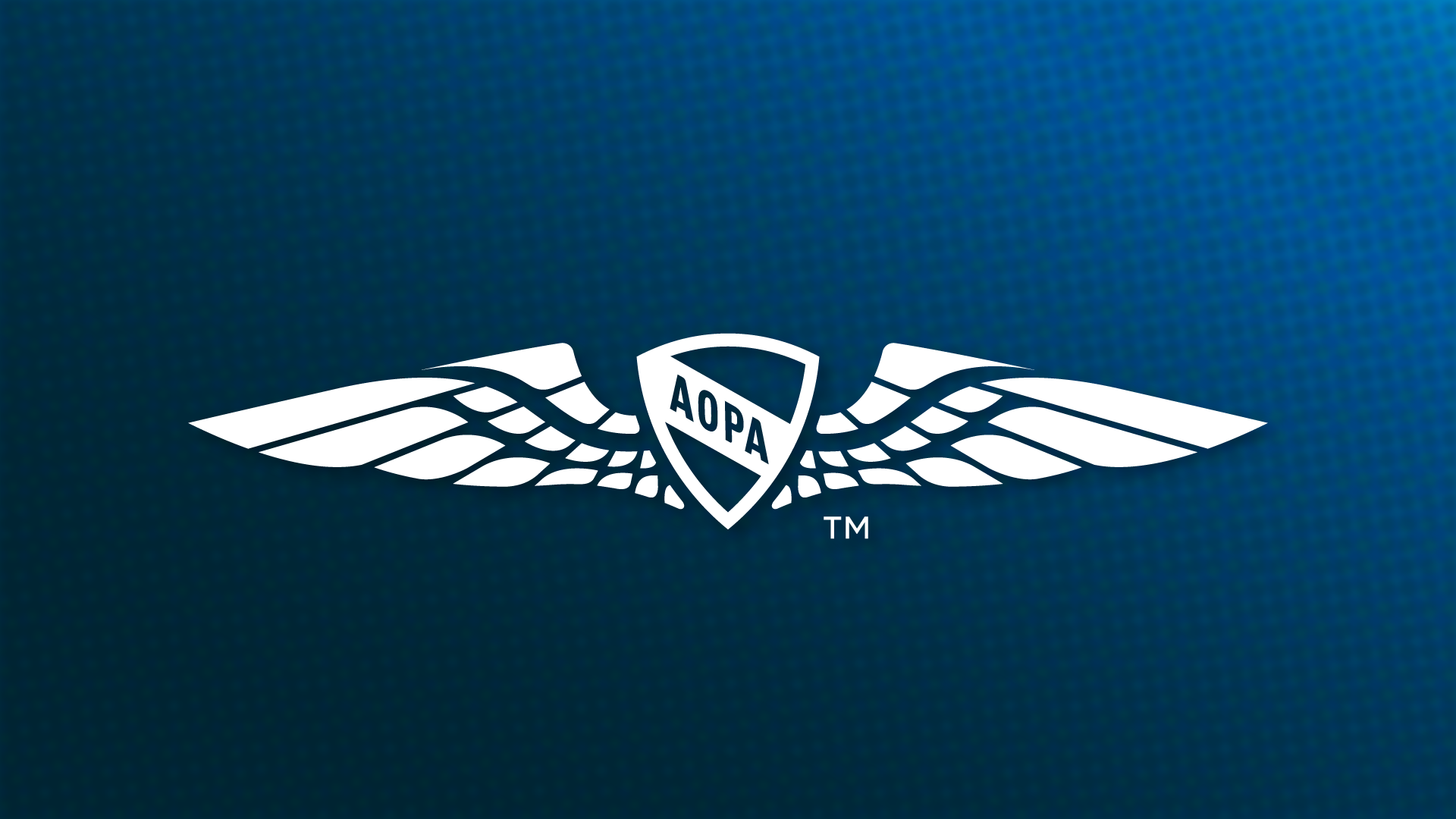AOPA Welcomes Release of MOSAIC, Expanding Access to General Aviation
This change will significantly increase access to general aviation by expanding the scope of light-sport aircraft and sport pilot privileges and bringing higher performance, newly manufactured aircraft into the light sport arena.
“MOSIAC reflects the extraordinary vision and technological innovation of small aircraft manufacturers across the country,” said AOPA President and CEO Darren Pleasance. “By expanding the kinds of aircraft sport pilots can fly—including many popular four-seat legacy aircraft—and by simplifying certification pathways, we are opening the door for more people to experience the freedom and joy of aviation.”
AOPA worked with the Experimental Aircraft Association (EAA), the National Business Aviation Association (NBAA), and the National Air Transportation Association (NATA) to submit 22 pages of comments to the FAA that helped expand the performance envelope for special light sport aircraft and sport pilot privileges.
Among the most notable changes is that light sport aircraft will no longer be classified by weight, but by stall speed. Under MOSAIC, a sport pilot can fly most aircraft that have a stall speed up to 59 knots. Pilots holding a private pilot certificate or above can fly most light sport aircraft that have a stall speed up to 61 knots. MOSAIC will be phased in over the next year.
“This rule reflects years of hard work and persistence from AOPA and our industry partners to move general aviation forward into the next generation of flying,” said AOPA Senior Vice President of Government Affairs and Advocacy Jim Coon. “This is an amazing opportunity for existing and future aviators. It’s a great time to be in aviation.”
